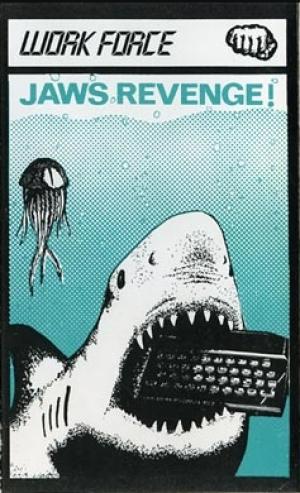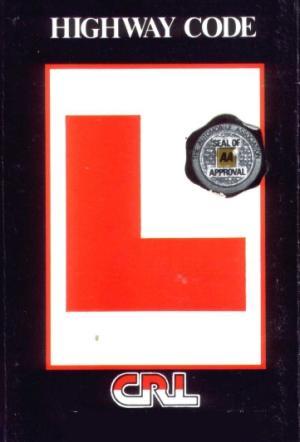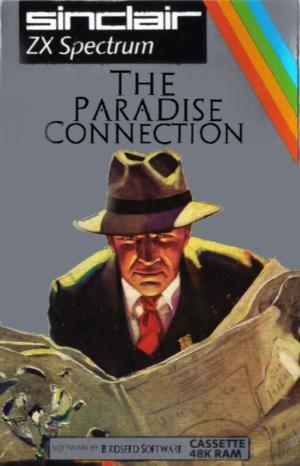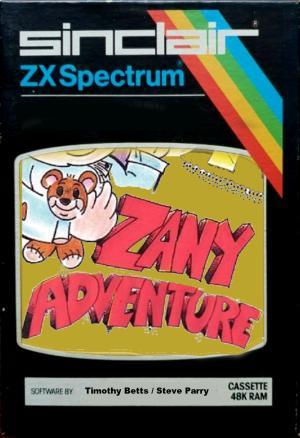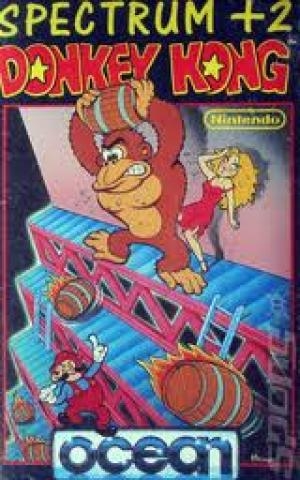
| Console: | Sinclair ZX Spectrum |
| TV Standard: | Region Not Set |
| Publisher(s): | Ocean Software Ltd. |
| Release Date: | 1986-01-01 |
| Players: | 1 |
| Co-op: | No |
| ESRB: | E - Everyone |
| Type: | Platform |

Following 1980's Space Panic, Donkey Kong is one of the earliest examples of the platform game genre.[10]:94[11] As the first platform game to feature jumping, it requires the player to jump between gaps and over obstacles or approaching enemies, setting the template for the future of the platform genre.[12] With its four unique stages, Donkey Kong was the most complex arcade game at the time of its release, and only the second game to feature multiple stages, following 1981's Gorf by Midway Games.[13]:66
Competitive video gamers and referees stress the game's high level of difficulty compared to other classic arcade games. Winning the game requires patience and the ability to accurately time Mario's ascent.[14]:82 In addition to presenting the goal of saving Pauline, the game also gives the player a score. Points are awarded for the following: finishing each stage; leaping over obstacles; destroying objects with a hammer power-up; collecting items such as hats, parasols, and purses (apparently belonging to Pauline); and completing other tasks. The player typically receives three lives with a bonus awarded for the first 7,000 points, although this can be modified via the game's built in DIP switches.
The game is divided into four different single-screen stages. Each represents 25 meters of the structure Donkey Kong has climbed, one stage being 25 meters higher than the previous. The final stage occurs at 100 meters. Stage one involves Mario scaling a construction site made of crooked girders and ladders while jumping over or hammering barrels and oil barrels tossed by Donkey Kong. Stage two involves climbing a five-story structure of conveyor belts, each of which transports cement pans. The third stage involves the player riding elevators while avoiding bouncing springs. The final stage involves Mario removing eight rivets which support Donkey Kong. Removing the final rivet causes Donkey Kong to fall and the hero to be reunited with Pauline.[15] These four stages combine to form a level.
Upon completion of the fourth stage, the level then increments, and the game repeats the stages with progressive difficulty. For example, Donkey Kong begins to hurl barrels faster and sometimes diagonally, and fireballs get speedier. The victory music alternates between levels 1 and 2. The 22nd level is colloquially known as the kill screen, due to an error in the game's programming that kills Mario after a few seconds, effectively ending the game.[15]



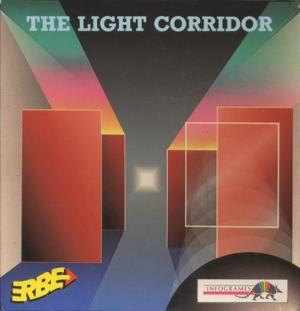
![Planetoids [ROM Cartridge]](https://gm.egamedb.com/planetoids-rom-cartridge-sinclair-zx-spectrum-fct.jpg)
